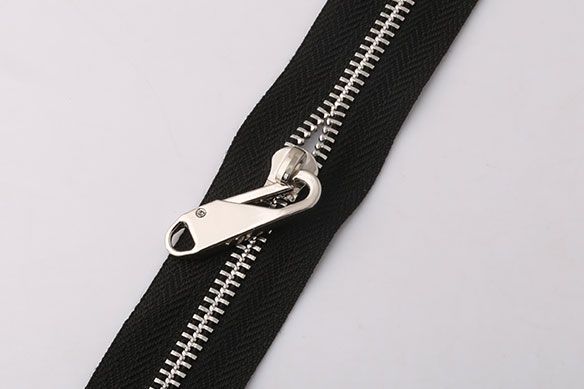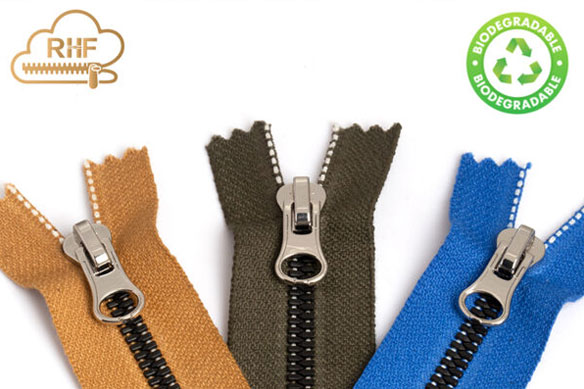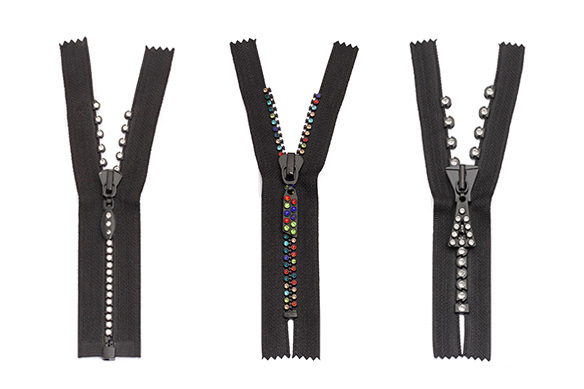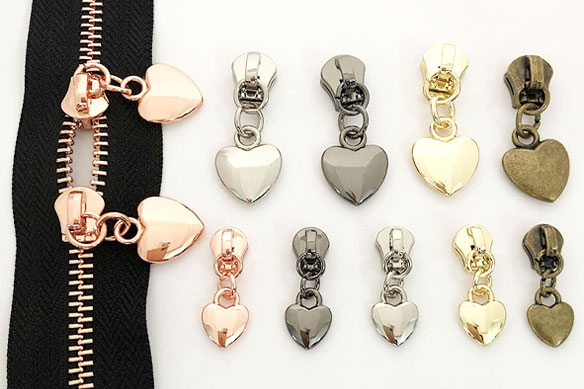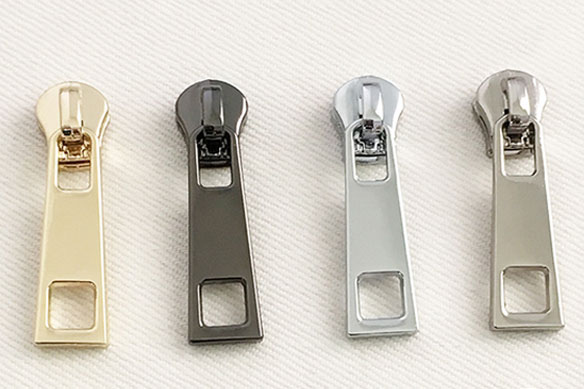When a zipper puller breaks, it might seem like a small issue—but it can easily turn into a big inconvenience. Whether on a jacket, bag, suitcase, or outdoor gear, a broken puller can make the entire zipper hard to use. For manufacturers and designers, this small part often holds big responsibility for product functionality and user experience.
The good news? You don’t need to replace the whole zipper. In fact, with the right zipper puller design, you can fix it in seconds—no tools, no sewing.
1. Why Zipper Pullers Break (and Why It Matters)
Zipper pullers are among the most used and stressed parts of any fastening system. They’re pulled, twisted, tugged—sometimes even stepped on. Over time, the puller can snap or deform, especially if it’s made from weaker material or exposed to high wear.
In industries like fashion, luggage, outdoor equipment, and uniform manufacturing, this can affect product quality, user satisfaction, and even brand reputation.
2. Common Issues with Broken Pullers
Here’s what often happens when a zipper puller breaks:
- The zipper becomes difficult or impossible to use.
- Makeshift solutions like paperclips or key rings may work—but look unprofessional.
- Fully replacing the zipper is expensive, time-consuming, and impractical for mass production.
This is where a smarter solution is needed—especially for B2B businesses focused on durability, speed, and cost-efficiency.
3. The Smarter Solution: Replace Only the Puller
Instead of replacing the entire zipper, RHF Zipper offers a quick-replace puller—a small, easy-to-install component designed to click directly into the zipper slider.
✔ Key Benefits:
- No tools required – simply snap it in place.
- Available in various finishes – black, silver, bronze, gunmetal, and more.
- Matches most metal or nylon zippers – especially those used in bags, garments, and outdoor gear.
- Durable structure – made from high-quality metal, tested for long-term use.
This is particularly useful for:
- Emergency repairs on high-end products
- Post-sales service or maintenance kits
- Designers or small batch manufacturers who want flexible component replacement
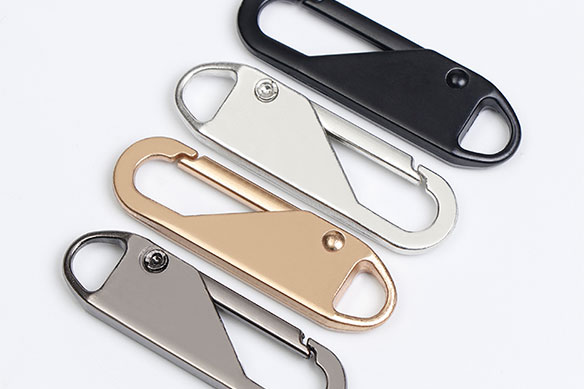
4. How to Replace a Zipper Puller in Seconds (No Tools Needed)
Here’s a quick step-by-step guide using RHF’s quick-replace puller system:
✅ You’ll Need:
- The broken zipper with slider still intact
- A new RHF quick-replace puller
🛠 Step-by-Step Instructions:
- Hold the Puller by the Hook End
Use your fingers or gloves for a better grip. - Align with the Slider Tab Opening
Most zipper sliders have a small tab where the original puller was attached. - Insert the Puller Hook into the Opening
You’ll feel a slight resistance—this is normal. - Push and Click into Place
Press gently but firmly until you hear a “click.” Now the puller is locked in. - Test the Movement
Slide up and down a few times to ensure everything moves smoothly.
No tools, no needlework, and no stress.
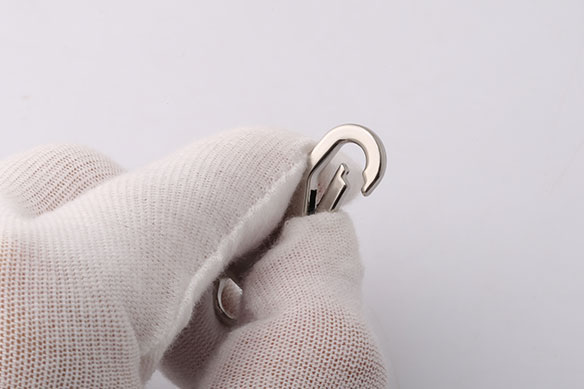
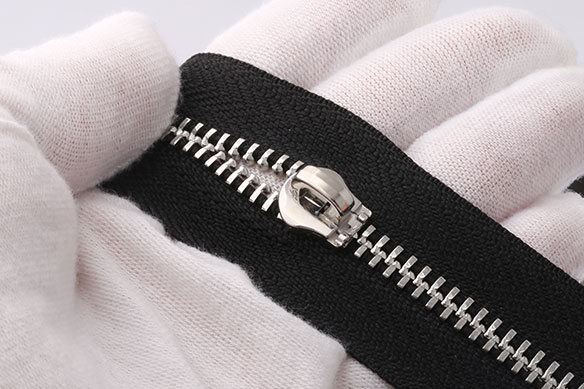
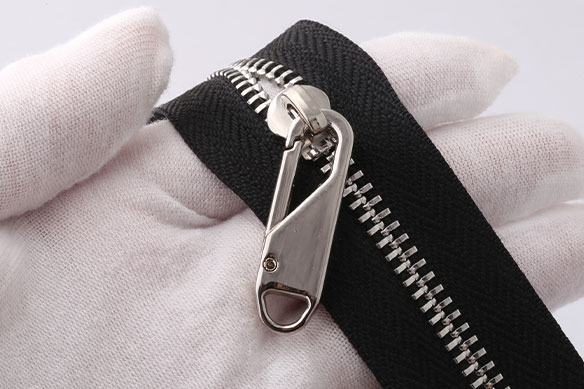
5. Where This Puller Really Shines
This repair method is ideal for:
- Backpacks and travel bags that often suffer from heavy use
- Outdoor gear like tents, jackets, or ski wear that needs quick field repair
- Uniforms and functional clothing where downtime is costly
- Footwear like boots with zippers that see frequent movement
For manufacturers, it’s also a great solution to reduce waste and add value to after-sales service.
6. Frequently Asked Questions (FAQs)
❓ Will it fit any type of zipper?
It’s compatible with most standard metal and nylon zippers, especially sizes #5 and above. For custom applications, RHF offers pullers in different shapes and sizes.
❓ Is it strong enough for heavy use?
Yes. These pullers are made from high-grade alloy materials and tested for durability in both casual and industrial-use scenarios.
❓ Can I order them in customized colors or with branding?
Absolutely. RHF supports custom finishes, logos, and small-batch orders, making it suitable for both large and niche brands.Click to visit us to learn more about custom zipper pulls.

